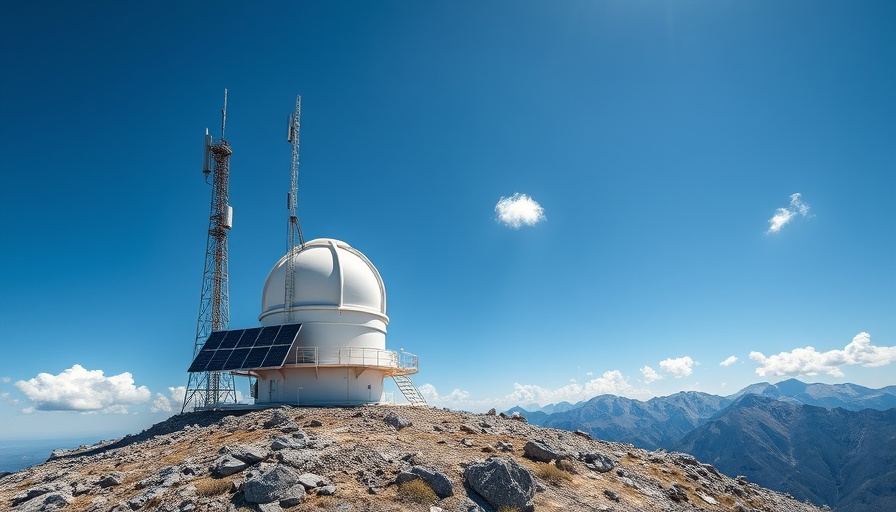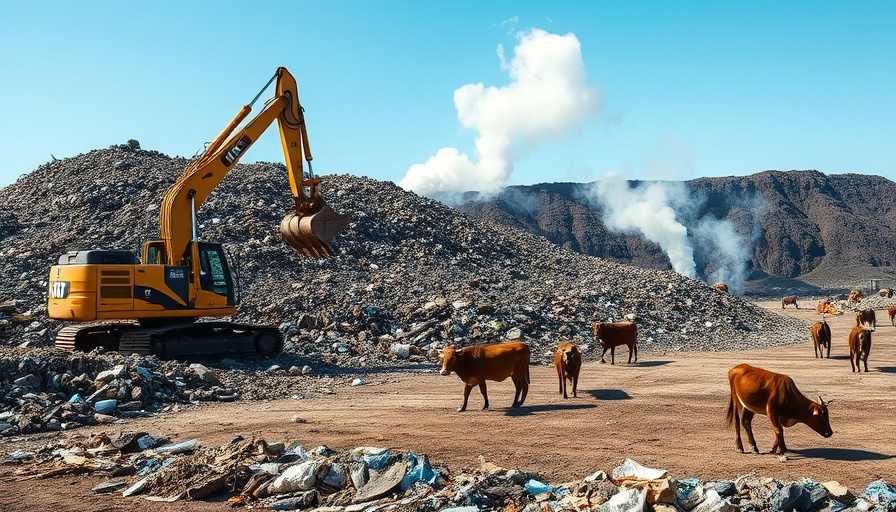
Understanding the Unprecedented Levels of CO2
For the first time in millions of years, Earth’s atmosphere has reached an alarming average of 430.2 parts per million (ppm) of carbon dioxide. This worrying milestone, recorded at the National Oceanic and Atmospheric Administration (NOAA)’s Mauna Loa Observatory, marks a rise of 3.5 ppm from May 2024. The main culprit: human activities, particularly the burning of fossil fuels. Ralph Keeling, the director of the Scripps CO2 Program at the University of California San Diego, did not hide his disappointment, stating, "Another year, another record. It’s sad." This sentiment is echoed across the scientific community, as they grapple with the implications of these rising CO2 levels.
The Causes of Rising Carbon Dioxide Levels
The addition of CO2 into our atmosphere is primarily driven by energy production, industrial processes, and transportation. As more California homeowners embrace the conveniences of modern living, the reliance on fossil fuels has only intensified this trend. The state's diverse population, with its varied energy needs and consumption habits, contributes significantly to these figures, making it a poignant case study in the broader narrative of climate change.
The Dangers of Increased CO2 Concentrations
With elevated levels of carbon dioxide come substantial risks. Higher CO2 contributes to global warming, leading to extreme weather conditions that directly affect urban and suburban homes across California. From devastating wildfires to unexpected floods, the repercussions are severe. Additionally, the rise in greenhouse gases impacts air quality, presenting health risks, especially for vulnerable populations, including children and the elderly.
What Homeowners Can Do
In light of this environmental crisis, there are steps that California homeowners can take to mitigate their carbon footprint. The adoption of renewable energy sources like solar panels, improvement of home energy efficiency, and decreasing reliance on fossil fuel-powered utilities represent immediate actions that can be instituted. Simple solutions like using energy-efficient appliances and reducing waste also contribute to sustainability efforts.
Future Trends in Climate Management
As we look ahead, the increasing CO2 levels prompt the question of how communities can adapt. More Californians are recognizing the importance of climate-friendly practices. This shift in awareness may drive technological advancements and government initiatives aimed at reducing emissions and enhancing sustainability. From smart home technology that optimizes energy consumption to community gardens that promote local food production, the future can be engineered towards a more sustainable and healthier environment.
The challenge of managing our atmosphere's carbon content is sizable, but through collective action and understanding, we can influence positive change.
 Add Row
Add Row  Add
Add 




Write A Comment